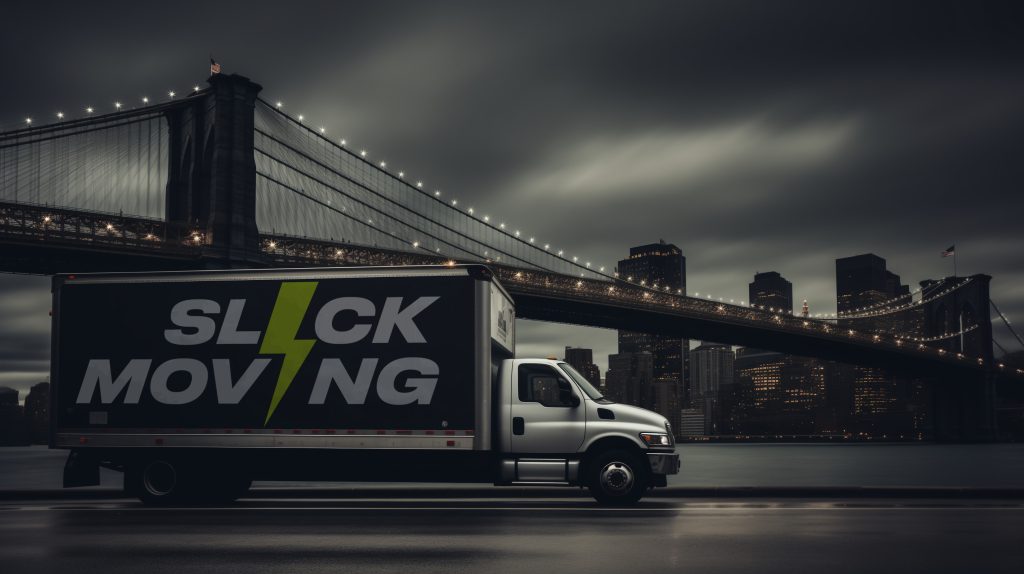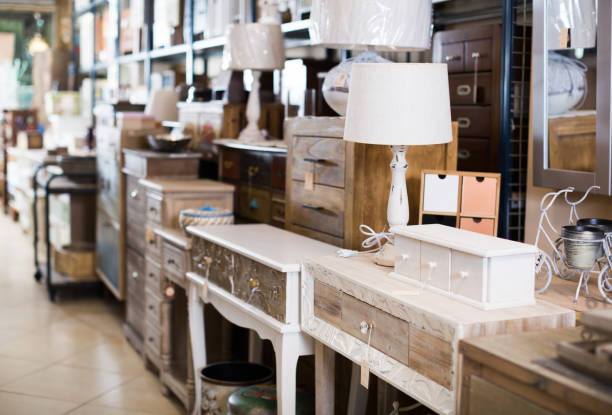Moving can be both exciting and stressful, especially when you’re opting for a do-it-yourself approach. While DIY moves offer flexibility and cost savings, they also come with their own set of challenges, particularly when it comes to safeguarding your furniture. Without professional movers’ expertise, ensuring your cherished belongings reach their destination unscathed requires careful planning and execution. In this guide, Brooklyn Movers provide some effective strategies to keep your furniture safe during a DIY move.
Gather Proper Supplies: Before diving into the moving process, assemble the necessary supplies to protect your furniture adequately. Invest in high-quality moving blankets, bubble wrap, packing tape, and furniture pads. These items act as a cushion against bumps, scratches, and other forms of damage during transit.
Disassemble Larger Pieces: Large furniture items, such as beds, tables, and bookshelves, are susceptible to damage and are challenging to maneuver through doorways and staircases. Disassemble these pieces whenever possible to minimize the risk of accidents and facilitate easier transportation. Remember to store screws, bolts, and other small parts in labeled bags to avoid confusion during reassembly.

Wrap Fragile Components: Fragile components, such as glass tabletops, mirrors, and delicate decorative elements, require extra protection. Use bubble wrap or foam padding to cover these vulnerable areas before wrapping the entire piece with moving blankets. Secure the protective layers with packing tape to ensure they stay in place throughout the move.
Utilize Furniture Pads: Furniture pads provide an additional layer of defense against dents, scratches, and other forms of damage. Place furniture pads between stacked items to prevent them from rubbing against each other during transit. Additionally, use pads to protect floors, walls, and door frames from accidental scrapes and marks caused by moving bulky furniture.
Lift with Care: Improper lifting techniques can lead to injuries and damage to your furniture. Always lift heavy items with your legs, not your back, and enlist the help of friends or family members for assistance. Use furniture straps or lifting harnesses to distribute the weight evenly and reduce strain on your body and the furniture itself.
Secure Items in the Moving Vehicle: Properly securing your furniture inside the moving vehicle is essential to prevent shifting and potential damage during transit. Use ratchet straps or bungee cords to anchor large pieces to the walls or floor of the truck. Place heavier items at the bottom and lighter ones on top to maintain stability and balance.
Protect Furniture from Environmental Factors: Extreme temperatures and weather conditions can impact the condition of your furniture during a move. Avoid exposing items to direct sunlight, rain, or snow by covering them with tarps or plastic wrap. If transporting furniture in an open truck bed, consider renting a weatherproof covering to shield your belongings from the elements.
Drive with Caution: Safe driving practices are crucial when transporting furniture during a DIY move. Avoid sudden stops, sharp turns, and rough terrain that could jostle items inside the vehicle. Drive at a moderate speed and maintain a safe following distance to reduce the risk of accidents and ensure a smooth journey for your furniture.
Inspect Upon Arrival: Once you’ve reached your destination, carefully inspect each piece of furniture for any signs of damage or wear. Unwrap items slowly and methodically to avoid causing additional harm. Take note of any issues and document them for potential insurance claims or reimbursement.
Seek Professional Help if Needed: Despite your best efforts, accidents can still occur during a DIY move. If you encounter difficulties or realize you’re in over your head, don’t hesitate to seek professional assistance. Slick Moving- A moving company has the experience, equipment, and expertise to safely transport your furniture and alleviate the stress of moving day.
By following these tips and strategies, you can help ensure your furniture remains safe and secure throughout the DIY moving process. With careful planning, proper preparation, and attention to detail, you can successfully relocate your cherished belongings to their new home without incident. Happy moving!

